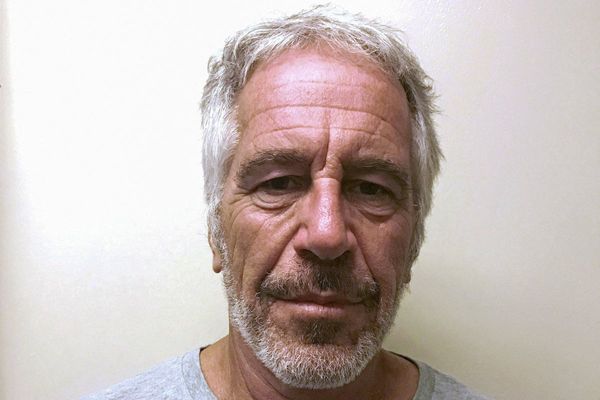
Retirement planning often focuses on income, travel dreams, and leisure—but rarely on the price of staying self-sufficient. Independence has a cost, especially as mobility, health, and safety needs evolve with age. From home modifications to in-home care and transportation, the hidden expenses of independence can quietly erode savings. Many retirees underestimate these realities until they face them, often too late to adjust comfortably. Planning ahead turns independence from a financial strain into a sustainable choice.
The Overlooked Price of Aging in Place
Most retirees say they want to remain in their homes, but aging in place safely isn’t free. Installing grab bars, ramps, and stair lifts can cost thousands. Larger upgrades—like walk-in tubs, wider doorways, or first-floor bedrooms—can exceed $20,000. Without these changes, daily activities become harder or riskier. Factoring these expenses into retirement budgets prevents last-minute financial shocks. Independence starts with preparation, not wishful thinking.
In-Home Care Costs Add Up Quickly
Even healthy retirees may need part-time assistance for cleaning, meals, or transportation. Home care aides typically earn $25–$35 per hour, with full-time assistance costing over $4,000 per month. Medicare rarely covers these services. Without a plan, retirees often rely on family or face unplanned withdrawals from savings. Long-term care insurance or hybrid life policies can bridge gaps before they become emergencies.
Transportation Challenges Require Backup Plans
Giving up driving can feel like surrendering freedom—but maintaining safe mobility often demands spending. Rideshare services, senior shuttles, or hired drivers add recurring costs. Moving closer to amenities or public transit can offset these expenses, but relocation itself requires savings. Few budgets account for future transportation needs, yet it’s essential for independence and mental well-being.
Technology That Supports Autonomy Isn’t Free
Smart home systems, medical alert devices, and wearable monitors help retirees live alone longer. These tools improve safety but come with setup and subscription fees. A medical alert system can cost $30–$50 per month, while advanced smart home tech easily reaches four figures. Investing early ensures familiarity before necessity—and peace of mind for both retirees and families.
Health Maintenance Demands Investment
Staying independent means staying healthy. Preventive care, fitness memberships, and therapy sessions all cost money but extend mobility and quality of life. Skipping these investments often leads to higher medical bills later. Wellness is cheaper than recovery. A budget that funds health proactively is a budget that protects freedom.
The Emotional Cost of Unpreparedness
Financial oversight creates emotional strain. When independence fades faster than savings, retirees may feel guilt or fear of burdening family. Transparent planning reduces anxiety and preserves dignity. Discussing needs early—before crisis—empowers control. Emotional peace is as valuable as financial stability.
Underestimating Longevity
Many retirees still plan around life expectancies from decades ago, not modern realities. Living into the 90s is increasingly common, stretching budgets far longer than anticipated. Independence costs compound with time—especially as health fluctuates. A plan that assumes a 15-year retirement may crumble under 30 years of living expenses. Longevity isn’t a bonus; it’s a budgeting requirement.
Shifting Mindset: Independence as a Line Item
True financial readiness treats independence like housing or healthcare—an expense category with its own strategy. Building dedicated savings, insurance coverage, or equity from downsizing ensures flexibility. The goal isn’t avoiding dependence entirely but managing it gracefully. Budgeting for independence protects dignity as much as dollars.
Freedom With Foresight
Retirement independence doesn’t happen by accident—it’s built intentionally through smart financial planning. Those who prepare early for home updates, care costs, and evolving needs enjoy longer autonomy with less stress. The best retirement plan isn’t just about living well—it’s about living free, safely, and sustainably.
Have you factored independence costs—like home upgrades or in-home help—into your retirement plan yet? Share how you’re preparing below.
You May Also Like…
- When Medicare Doesn’t Cover Your Dental or Vision — What You’ll Pay Out-of-Pocket
- These Pension Myths Will Quietly Erode Your Income Over Time
- Where Boomers Are Moving Now — And Why It’s All About Taxes and Lifestyle
- What Happens to Your Digital Footprint When You Can’t Manage It Anymore
- Senior Fraud Tactics That Sound Convincing — How to See Through Them







